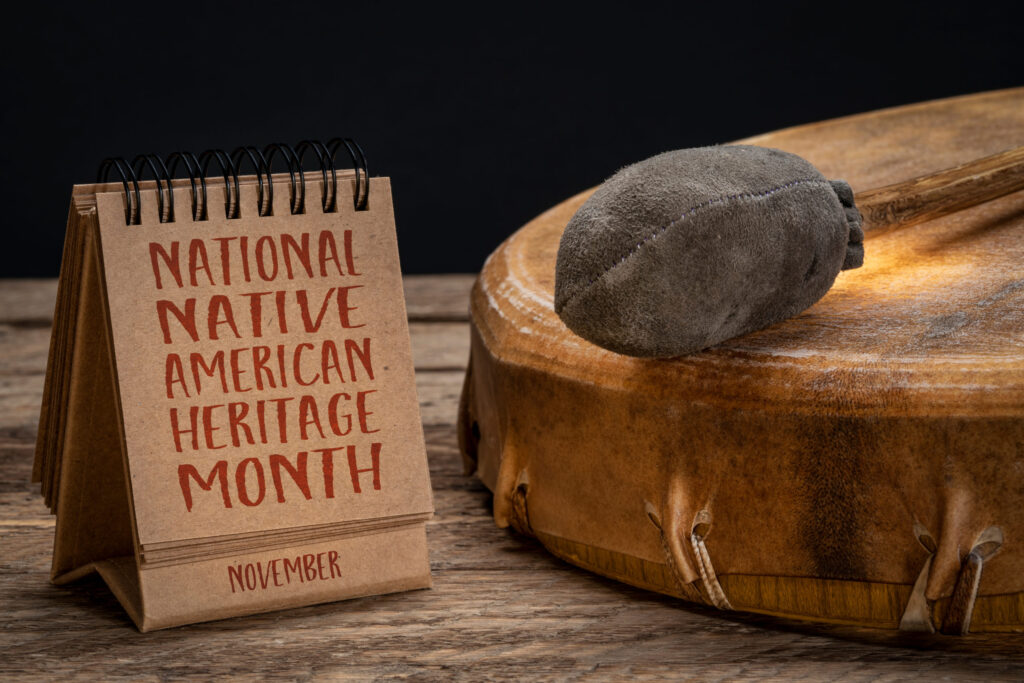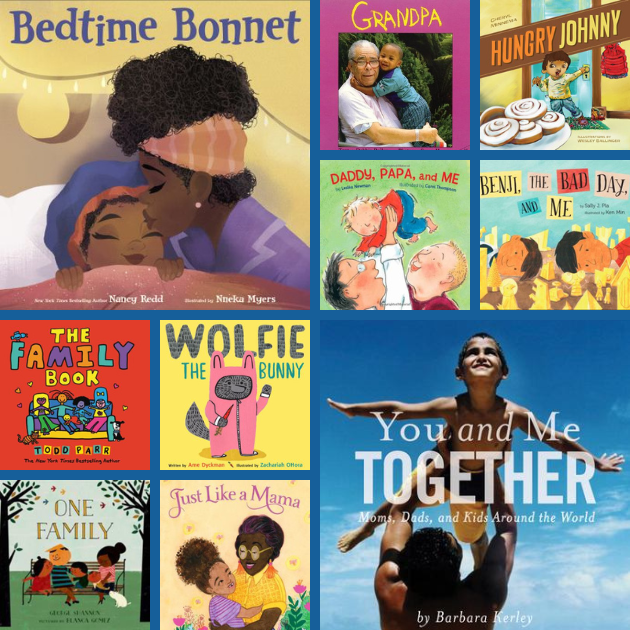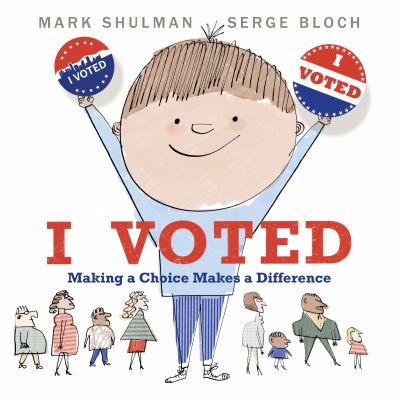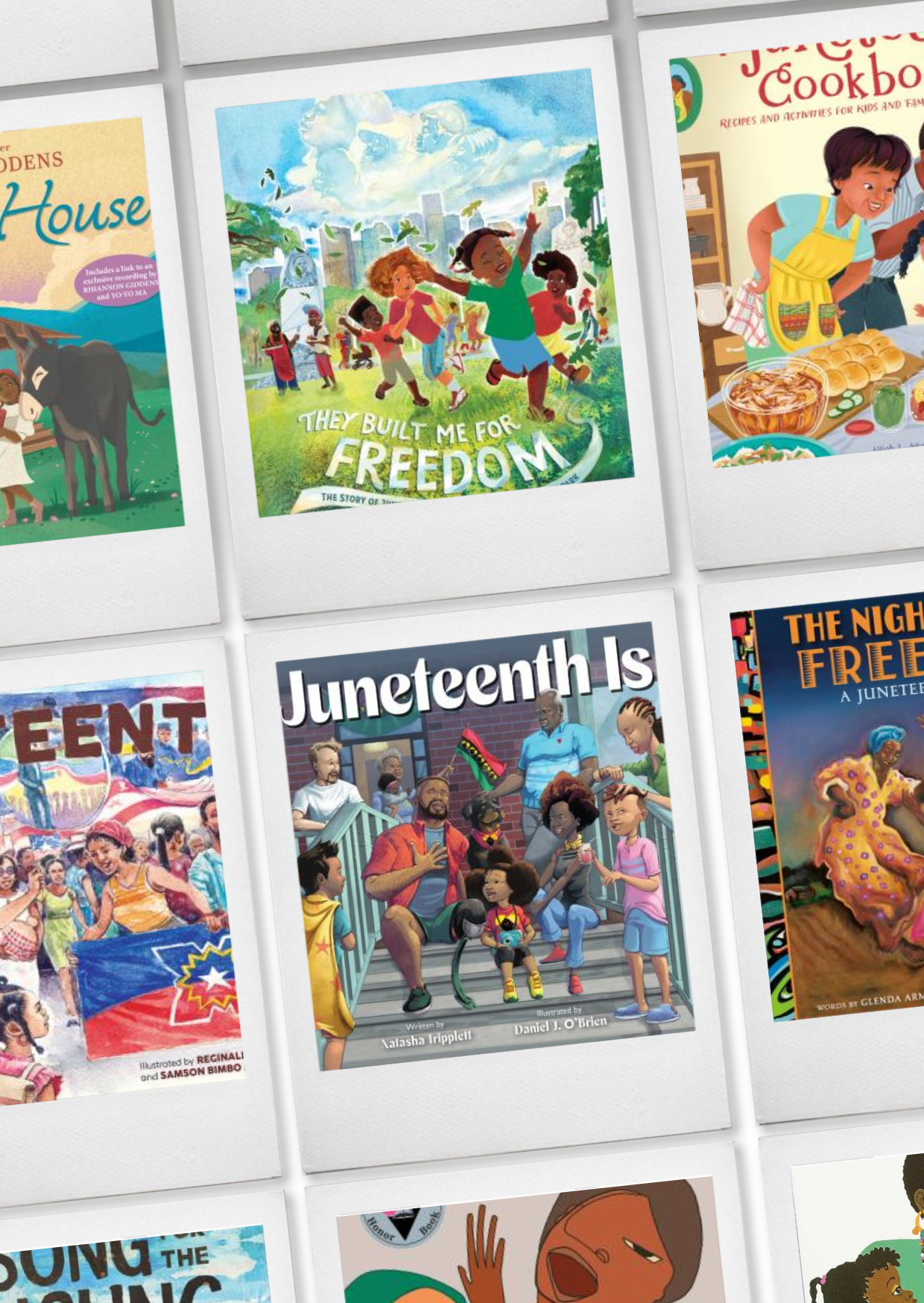Chokma! Chickasha saya.
Hello! I am Chickasaw. I am one of just over 5 million Native Americans living in the United States. That’s just over 1% of the entire country’s population. An effort to recognize the contributions of Native Americans began in 1900 with Dr. Arthur C. Parker of the Seneca tribe. In 1915, the Congress of the American Indian Association requested that a day be set aside each year to honor Native Americans. In 1976, the US Congress proclaimed a week of recognition. It took until 1990, under the leadership of President George H. W. Bush, for the US Government to recognize Native American Heritage Month either through proclamation or joint resolution and until 2009 before a presidential declaration was made by President Barack Obama to assign November as National Native American Month.
It is important to remember that not all Native Americans live on reservations, and wearing regalia is something reserved for special occasions. The majority of Native Americans live in rural communities outside reservations. The greater Twin Cities area claims to have the largest population of urban Natives in our country. We are doctors, educators, letter-carriers, lawyers, politicians, and more. We are citizens of sovereign nations in addition to the United States.
Here are some fun facts and ways you can celebrate Native American culture during November and throughout the year:
- The government of Native Americans serves as the model of federated representative democracy. The government system of the U.S. is based on this system. Voting is a way to celebrate this contribution.
- The diet of Native Americans was very healthy and utilized many edible plants growing in the wild as well as cultivation techniques. We were the first people to raise turkeys, guinea pigs, and honeybees in America. Planting indigenous plants is a great way to celebrate this contribution, as is creating a raised-bed garden and planting “the three sisters” (corn, beans, and squash) in a mound.
- The concept of divided spaces for a whole group of people to live in and not just aristocracy and their servants was demonstrated by the pueblo living of the Anasazi tribe in the western part of America. They created simple, efficient, nearly identical spaces for the entire tribe to live in, much like modern-day apartments. Learning about the tribal people who lived on the land in your community and doing a land acknowledgment statement or project is a wonderful way to learn more about the contributions of the original inhabitants.
– Ellaine Miller, PhD, citizen of the Chickasaw Nation, Training & Curriculum Development Program Lead
All titles are available through the Debra S Fish Early Childhood Resource Library, a branch of the St. Paul Public Library. If you’d like more title recommendations, our librarian would be happy to help! Please contact Jennie at librarian@thinksmall.org
Children’s Titles:
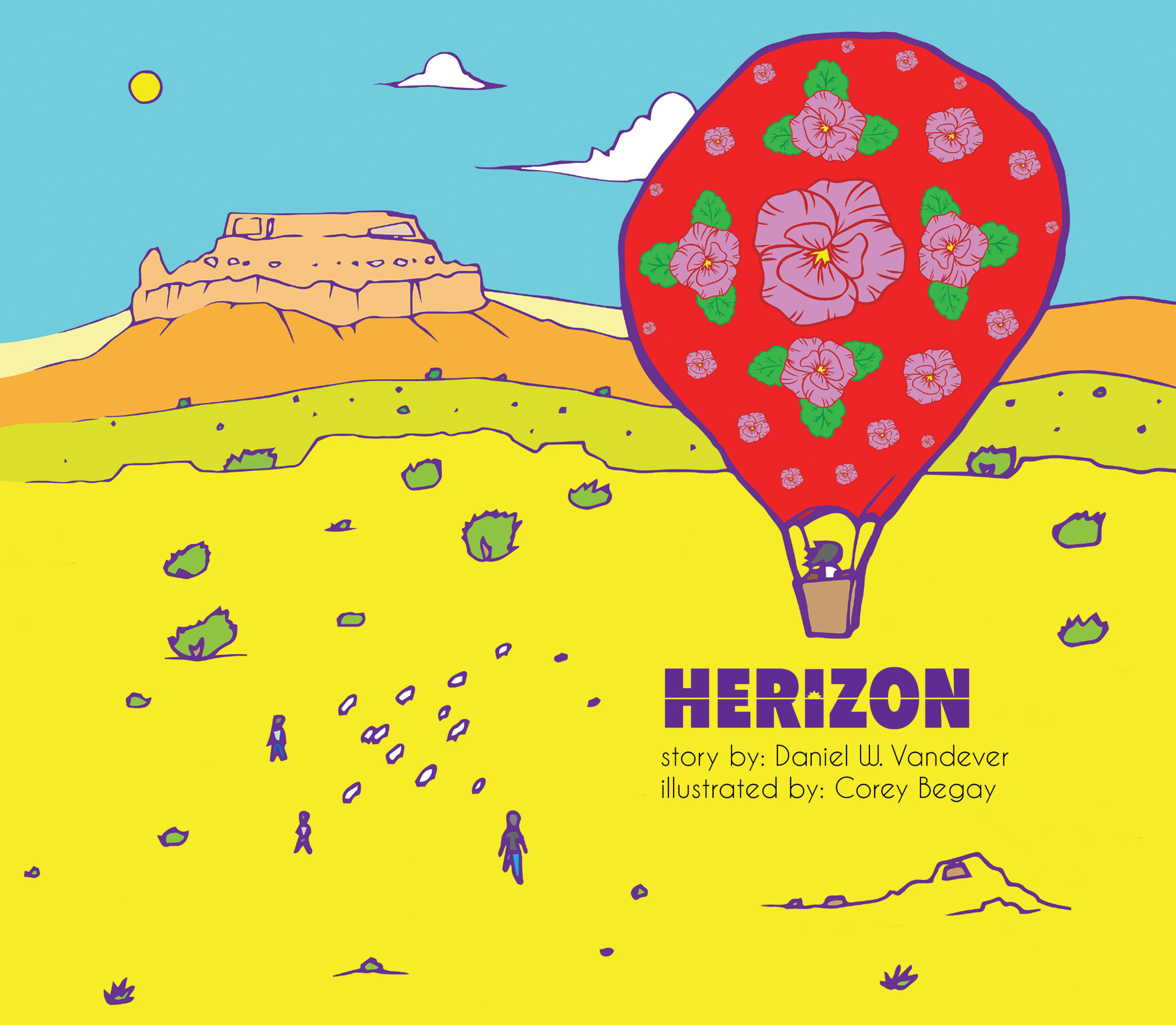
Herizon (Age Focus: 5 – 11 years)
Winner of the 2022 American Indian Youth Literature Award
In this fantastical, wordless tale, written by Vandever and illustrated by Begay, a modern-day Diné (Navajo) girl saves a flock of sheep neglected by her cousins.
After her grandmother spots wolves on the mesa threatening the sheep, it’s up to the young protagonist to get the job done that her inattentive cousins did not. While wearing a headscarf, a symbol of ancestral knowledge and support, the girl is able to take flight and land on a wild horse to reach the sheep quicker. When she’s flung from the horse into a river, she must use her scarf once again for shelter on a raft and then fly away from the top of dangerous cliffs. Eventually, she’s able to complete her mission. The story ends with the girl returning home and getting the scarf tied into a traditional Diné bun, further emphasizing her cultural connections. A worthy and empowering addition to any child’s bookshelf. From Kirkus Reviews
Classified: the Secret Career of Mary Golda Ross, Cherokee Aerospace Engineer (Age Focus: 7 – 11 years)
Highlights the life and secret work of Cherokee aerospace engineer Mary Golda Ross.
Classified: the Secret Career of Mary Golda Ross, Cherokee Aerospace Engineer (Age Focus: 7 – 11 years)
Highlights the life and secret work of Cherokee aerospace engineer Mary Golda Ross.
As a teen in the 1920s, Mary Golda Ross loves “puzzling out math equations” despite expectations of the times. At 16, she finds being the only girl in a college math class means working extra hard to prove herself to the boys who “refused to sit next to” her.
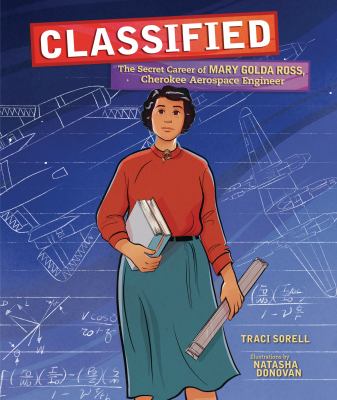
Guided by her Cherokee belief that “gaining life skills in all areas” is important, Ross not only strives for better grades, she aims for loftier goals. Each step of the way—whether teaching high school, working for the Bureau of Indian Affairs, or helping solve aircraft design flaws during World War II— Ross is fueled by other Cherokee principles as well. Ultimately, her passion for math and her commitment to those deeply rooted values result in her selection to a “supersecret work team” that promises to take her career, and the world, further than ever before. Meticulously researched and subtly framed according to the Cherokee beliefs that piloted Ross, page-turning prose elevates this Indigenous hidden figure to her rightful place in history.
A stellar addition to the genre that will launch careers and inspire generations, it deserves space alongside stories of other world leaders and innovators. From Kirkus Reviews
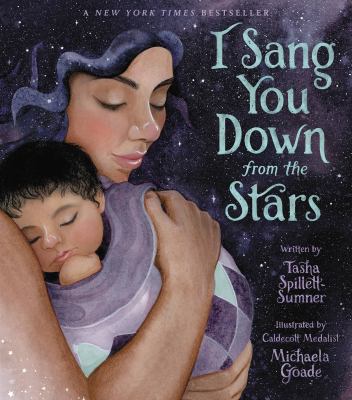
I Sang You Down from the Stars (Age Focus: 3 – 7 years)
Anticipation, pregnancy, and the birth of a baby are celebrated in this story by Spillett-Sumner (Inniniwak) and Caldecott medalist Goade (Tlingit).
When a baby chooses its mother, special gatherings of family and community are held to prepare for the child’s arrival. Sacred items are collected and placed in a medicine bundle to be given to the baby at birth. These items will keep the growing child’s connection to their identity strong. Spillett-Sumner’s lyrical text begins as an Indigenous mother plans the journey with her unborn child. “Before I held you in my arms, I sang you down from the stars.” When she finds a white eagle plume, it becomes “the first gift in a bundle that will be yours.” The young mother finds more items for her child’s bundle: cedar, sage, a “star blanket,” and a special river stone “so that you always remember that you belong to this place.” The baby arrives in the spring with the waters that come when the ice breaks and the rivers flow again.” Goade uses a white “swoosh” of stars throughout the illustrations to intertwine traditional origin stories with a family’s experience of “love and joy” upon the arrival of the new baby in scenes that pulse with both emotions. The author and illustrator each contribute a note describing how they drew upon their respective cultural traditions to inform their work, which will open the book up to a wide range of readers. From Kirkus Reviews
Fry Bread: A Native American Family Story (Age Focus: 3 – 8 years)
Using illustrations that show the diversity in Native America and spare poetic text that emphasizes fry bread in terms of provenance, this volume tells the story of a post-colonial food that is a shared tradition for Native American families all across the North American continent. Includes a recipe and an extensive author note that delves into the social ways, foodways, and politics of America’s 573 recognized tribes. From the publisher
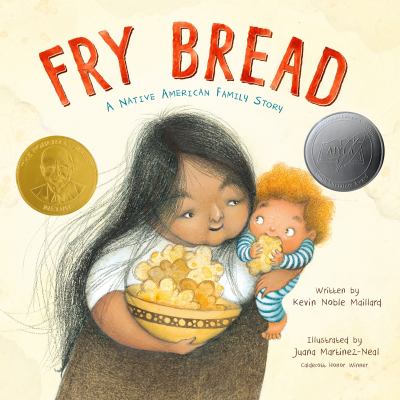
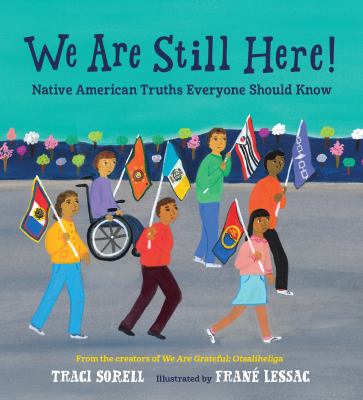
We Are Still Here! Native American Truths Everyone Should Know (Age Focus: 7 – 10 years)
In this meticulously researched nonfiction picture book, Sibert honorees Sorell and Lessac team up once again to answer this question: What has happened to Native Nations and their citizens after the treaties with the U.S. government ended in 1871?
Lessac’s trademark colorful, folk-art–style illustrations show a Native American community school with a classroom of diverse students preparing for presentations at the Indigenous People’s Day assembly. Spread by spread, each child speaks featured words and terms highlighting the journey Native Nations have taken to reclaim their land and rights. They show why Indigenous people say, “We are still here!” In the “Assimilation” presentation, Native children are dressed in military-like uniforms, showing how U.S. leaders used schooling to destroy Native traditions. Dividing plots of tribal land for “Allotment” left much treaty land open for public sale. With “Termination” and “Relocation,” Native people were encouraged to leave their tribal lands and “act more like white people.” But Indigenous people say, “We are still here!” and the narrative arc turns to emphasize resilience. When activists speak up and organize, it strengthens tribal sovereignty. The tribes “protect and provide for future generations” by holding on to their traditional ceremonies, opening businesses to support their tribal members, and reviving their tribal languages. The illustrations, too, change their tenor, modulating from historical wrongs to emphasize contemporary strength, community, and joy. From Kirkus Reviews
Companion book to the award-winning We Are Grateful: Otsaliheliga
Check out these beloved children’s titles from Black Bears & Blueberries. This local Native-owned publishing house focuses on Native topics serving a regional audience, including the Dakotas, Michigan, Minnesota, and Wisconsin.
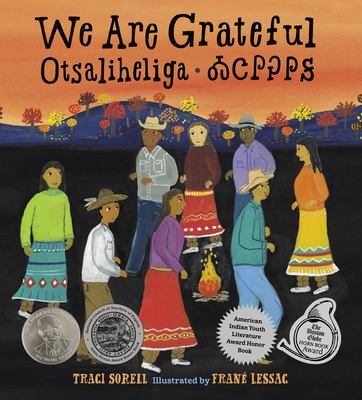
Children’s Books from Black Bears & Blueberries at SPPL
Adult’s Titles:
The Night Watchman
Multi-award winning author Louise Erdrich weaves together a story of past and future generations, of preservation and progress. She grapples with the worst and best impulses of human nature, illuminating the loves and lives, desires, and ambitions of her characters with compassion, wit, and intelligence. From the publisher
Lessons From Turtle Island: Native Curriculum in Early Childhood Classrooms
Lessons from Turtle Island explores Native American issues in preschool and early primary education. The authors–one Native, one white–offer guidelines for learning experiences that move children beyond embedded stereotypes. From the publisher
Braiding Sweetgrass
Drawing on her life as an indigenous scientist, and as a woman, Kimmerer shows how other living beings―asters and goldenrod, strawberries and squash, salamanders, algae, and sweetgrass―offer us gifts and lessons, even if we’ve forgotten how to hear their voices. In reflections that range from the creation of Turtle Island to the forces that threaten its flourishing today, she circles toward a central argument: that the awakening of ecological consciousness requires the acknowledgment and celebration of our reciprocal relationship with the rest of the living world. For only when we can hear the languages of other beings will we be capable of understanding the generosity of the earth and learning to give our own gifts in return. From the publisher
An American Sunrise
In the early 1800s, the Mvskoke people were forcibly removed from their original lands east of the Mississippi to Indian Territoty, which is now part of Oklahoma. Two hundred years later, Joy Harjo returns to her family’s lands and opens a dialogue with history … Harjo finds blessings in the abundance of her homeland and confronts the site where her people, and other indigenous families, essentially disappeared. From her memory of her mother’s death, to her beginnings in the Native rights movement, to the fresh road with her beloved, Harjo’s personal life intertwines with tribal histories to create a space for renewed beginnings. Her poems sing of beauty and survival, illuminating a spirituality that connects her to her ancestors and thrums with the quiet anger of living in the ruins of injustice.
A stunning new volume from the first Native American Poet Laureate of the United States, informed by her tribal history and connection to the land. From the publisher
Mni Sota Makoce: the Land of the Dakota
Dakota history did not begin with the U.S.- Dakota War of 1862–nor did it end there. Mni Sota Makoce is a celebration of the Dakota people through their undisputed connection to this place, Minnesota, in the past, present, and future. From the publisher
Online Resources:
Teaching Native American History and Culture | Minnesota Historical Society (mnhs.org): Tips & additional resources for learning more and engaging students around Native American history and culture, including Ojibwe shoulder bag kits, field trip ideas and resources, books, and online resources
Teaching and Learning | Wisconsin Department of Public Instruction: Helpful resources for teaching & learning about Native Americans from our neighbors
American Indians in Children’s Literature (AICL): A highly regarded blog that examines the portrayal of Native Americans in children’s literature and provides insightful recommendations and rejections of books. The blog was founded by Debbie Reese, a Nambé Pueblo scholar and educator.
Understanding the Challenges Native Americans Face in Public Schools | BAM! Radio Network (bamradionetwork.com): Listen to an interview conducted by Larry Ferlazzo with Mandy Smoker Broaddus and Gregg Castro on BAM Radio Network and find related resources here
Resources for Teaching American Indian History and Culture | College of Education and Human Service Professions (umn.edu) – especially helpful for finding Minnesota specific resources
A collection of blogs & short articles about the dos & don’ts of teaching about Native Americans in the early childhood classroom:
- Teaching about Native Americans in Preschool and Kindergarten: Do’s and Don’ts (rebekahgienapp.com)
- 10 Things Teachers Should Never Do When Teaching Native Kids – ICT (indiancountrytoday.com)
- Making Indian headdresses in school is a terrible way to teach kids about Thanksgiving – The Washington Post
- Tips for teaching about Native peoples | Burke Museum
BrainPOP’s Thanksgiving: Appropriate for elementary students, this short, animated film tells the real story of the first Thanksgiving and includes primary source materials, related readings, and activities for children to learn more.
“Deconstructing the Myths of ‘The First Thanksgiving’” written by Judy Dow (Abenaki) for Oyate: Research backed article presenting the many myths and facts surrounding the ‘first Thanksgiving’ “intended to assist students, parents and teachers in thinking critically about this holiday and deconstructing what we have been taught about the history of this continent and the world.”
A Wampanoag Retelling of Thanksgiving: In an interview for Indian Country Today, Steven Peters, a Wampanoag citizen who serves as creative director of Smoke Sygnals, shares how his work aims to advance the true narrative of his tribal nation. The interview begins at 7:38.
